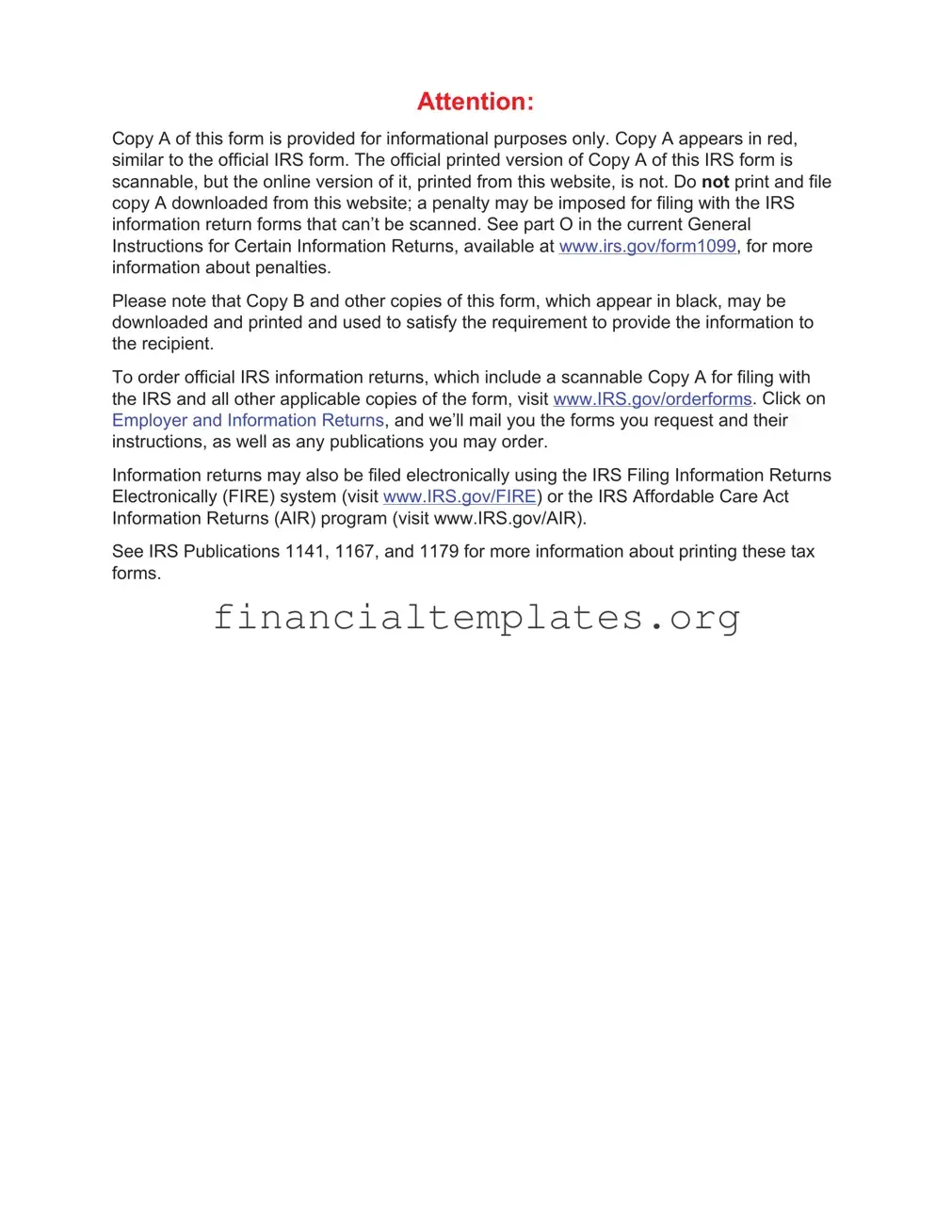The IRS 3921 form is closely related to the IRS 3922 form, which deals with the transfer of stock acquired through an employee stock purchase plan (ESPP). Both forms are used by corporations to report specific transactions to the IRS and to the person who has acquired the stock. The primary similarity lies in their purpose: to report transactions involving stock options. While form 3921 focuses on the exercise of an incentive stock option, form 3922 is used when shares are transferred under an ESPP, specifically capturing information on the acquisition of these shares.
Another document akin to the IRS 3921 form is the W-2 form. The W-2 is well known for reporting an employee's annual wages and the amount of taxes withheld from their paycheck. The connection between these documents arises when an employee exercises an incentive stock option and the spread is reported on their W-2. Although the W-2 form serves a broader purpose, the inclusion of information related to stock options exercised ties it back to the specific reporting requirements of the IRS 3921 form during certain conditions.
The IRS form 1099-B is another document with similarities to IRS 3921, mainly because it is used to report the sale of stocks, bonds, and other securities through a brokerage firm to the IRS. Just as the IRS 3921 form captures information about the exercise of stock options, form 1099-B provides details on the outcomes of such exercises, specifically the sales. While IRS 3921 is concerned with the acquisition of shares via options, 1099-B focuses on the disposition side, capturing gains or losses from the sales.
Similarly, IRS form 1040, the U.S. individual income tax return, shares a connection with IRS 3921 since it's the form where individuals ultimately report income, deductions, and credits to the IRS. Income from exercising incentive stock options, as reported on form 3921, may need to be included on form 1040, especially if there's an alternative minimum tax (AMT) calculation involved. Hence, although form 1040 is a comprehensive tax document, certain sections are directly impacted by transactions reported on form 3921.
The IRS Schedule D (Form 1040) is also related, focusing on the reporting of capital gains and losses from the sale of securities, including stocks obtained through the exercise of options reported on form 3921. After the stocks have been sold, Schedule D is used alongside form 1040 to report whether the taxpayer realized a gain or a loss from such sales. Thus, while IRS 3921 documents the initial acquisition of stock through stock options, Schedule D handles the financial outcome of selling those stocks.
Lastly, the IRS form 6251, which is used for calculating and reporting the alternative minimum tax (AMT), has a significant connection to the IRS 3921 form. The requirement to file form 6251 can be triggered by the exercise of incentive stock options (ISOs), reported on form 3921, because the difference between the stock's fair market value at the time of exercise and the exercise price could be subject to the AMT. Therefore, information from IRS 3921 may directly influence the calculations on form 6251, underlining their interconnectedness.




